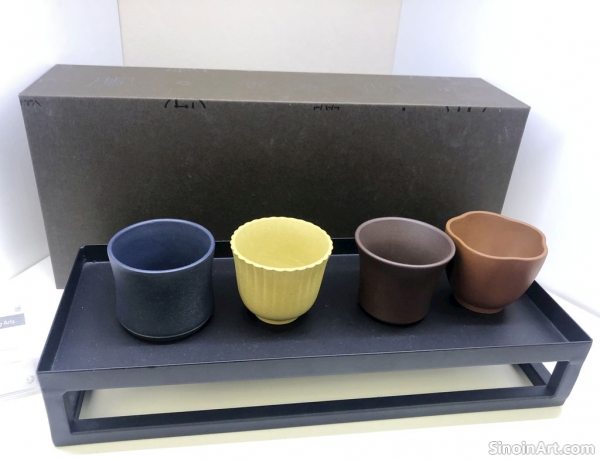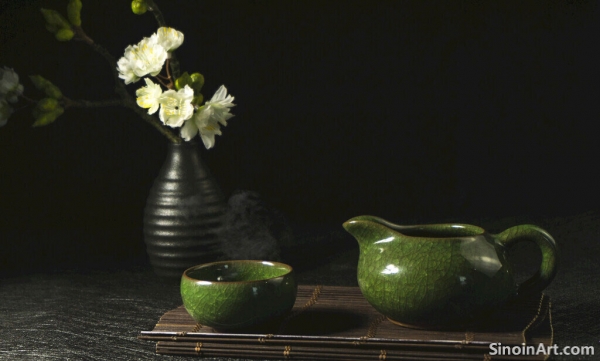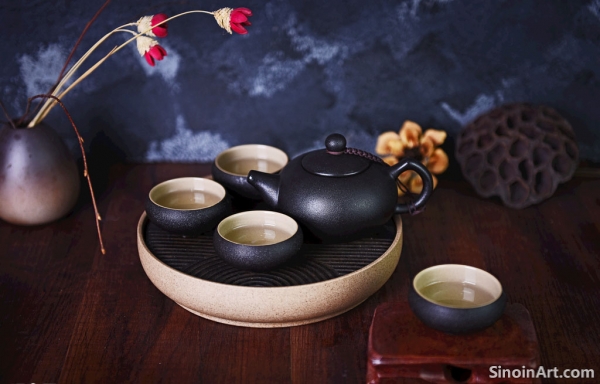Vessels of Enjoyment: Understanding Chinese Tea Cups
|
Chinese tea cups, while seemingly simple, are carefully designed vessels that play a crucial role in the tea-drinking experience. The size, shape, material, and design of a teacup can all affect the way the tea’s aroma, flavor, and color are perceived. The teacups play a vital role in the experience of drinking tea.  Tea cups come in a wide variety of materials, including porcelain, stoneware, glass, and even jade. Porcelain teacups are popular for their smooth surface and ability to maintain the tea’s purity of flavor. Glass teacups allow the color of the tea to be appreciated. The choice of material reflects both personal and practical concerns.  Teacups also vary in size and shape, which can influence how the tea is perceived by the drinker. Small, delicate cups are often used for lighter teas, while larger, more robust cups are used for fuller-bodied teas. The shape of the cup can enhance the tea’s flavor, aroma, and visual presentation.  Tea cups may be plain or decorated with intricate patterns, reflecting the collector's taste and cultural values. Some tea cups are highly decorated with elaborate designs, while others are more minimalist in style. These aesthetic choices also reflect the personal style of the tea drinker. Choosing the right teacup is not only a matter of function but also a matter of personal expression and cultural awareness. It’s an opportunity to enhance the tea-drinking experience, and the way the tea is presented. The teacup is an integral part of the ritual and culture surrounding Chinese tea. |
Tag : Chinese Tea Cups, Tea Cups Materials, Tea Cup Design, Tea Serving, Tea Vessels
Related information
- The Delicacy of White Tea: Minimal Processing, Maximum Flavor
- The Heart of the Set: Exploring Chinese Teapots
- Materials of Chinese Teaware: From Clay to Porcelain
- Pu-erh Tea: The Complex World of Fermented Tea
- The Timeless Ritual of Gongfu Tea
This article focuses on white tea, highlighting its minimal processing, the subtlety of its flavors, and its delicate aroma, along with tips on brewing and enjoying this unique tea.
This article delves into the world of Chinese teapots, examining various materials, shapes, and styles, and highlighting their role in enhancing the flavor and aroma of tea.
This article explores the diverse range of materials used in creating Chinese teaware, examining their unique properties, aesthetic qualities, and how they affect the flavor and experience of drinking tea.
This article explores the unique world of Pu-erh tea, examining its fermentation process, aging potential, the various types available, and the regional significance of this unique tea.
Explore the intricate art of Gongfu tea, a traditional Chinese tea ceremony emphasizing precision, patience, and mindfulness. Learn about the specific tools, brewing techniques, and the cultural significance of this art form.